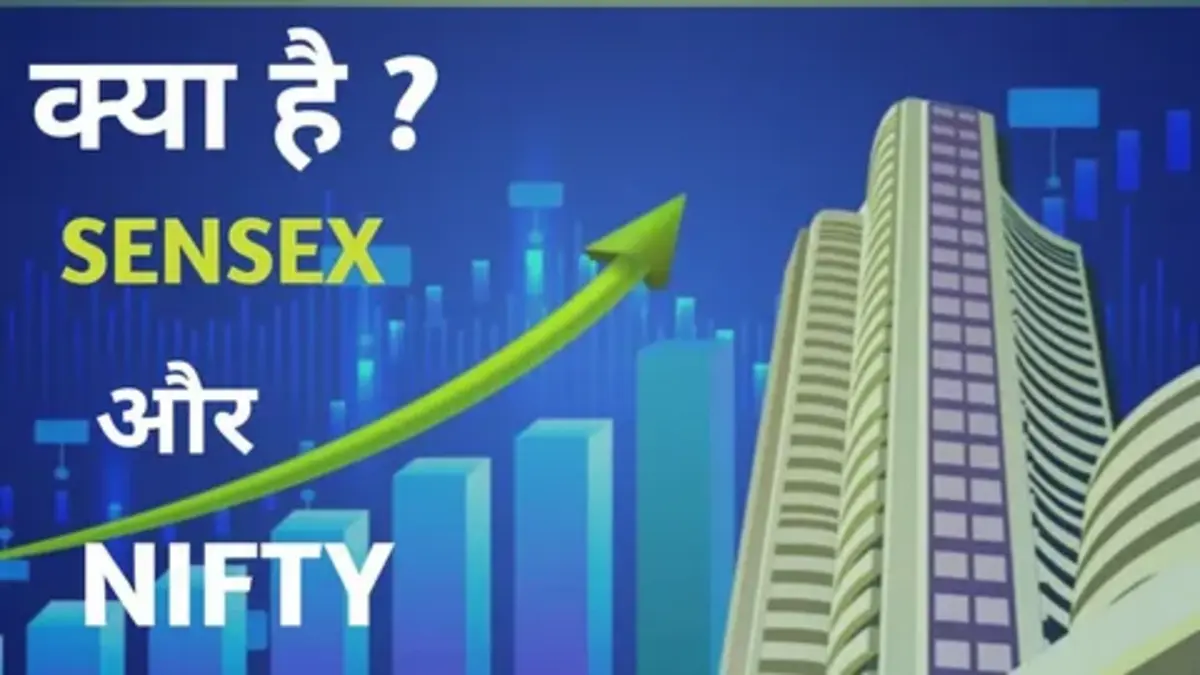Candles are also called Mombatti in Hindi and candle chart is very popular in trading. It is very important to understand candles in technical analysis because charts are made through candles only.
There Are Two Types Of Candles.
- Red Candle
- Green Candle

The formation of a green candle on the chart means that the market is bullish, that is, there are signs of an uptrend in the market. And formation of red candle on the chart means the market is bearish and today there are signs of decline or recession in the market.
Every Candle Is Made Up Of Two Things – Body And Wick.
The body of the candle is the part that appears red or green in color, while the wick i.e. the shadow is the part that appears as lines running up and down the candle.
There are many types of candles, you must have seen on the chart.
Some candles are big and some candles are small,
The body of a candle is very large and the wick is very small,
Whereas the wick of a candle is very large and the body is very small,
The wick of some candles is very big towards the bottom and of some candles towards the top.
We will talk about the types of candles in detail in another post. For now, just understand that candles are very important in technical analysis.
Candlestick chart patterns are formed by combining candles. Different types of candles are formed on different timeframes.
Candles are formed differently on the chart of each period, be it 1 minute, 5 minute, 15 minute, hourly or weekly chart, you will see different candles being formed on all of them.
While looking at candles on the chart, you have to look at 4 things – High, Low, Open, Close.
High: The uppermost part of the candle is called high. Looking at the high of the candle tells you that the price touched this point on some time frame.
Low: The lowest part of the candle is called low. Looking at the low of the candle tells you that the price touched this point on some time frame.
Open: Candle making starts from here.
Close: This is where the candle ends. After this the formation of the next candle begins.


